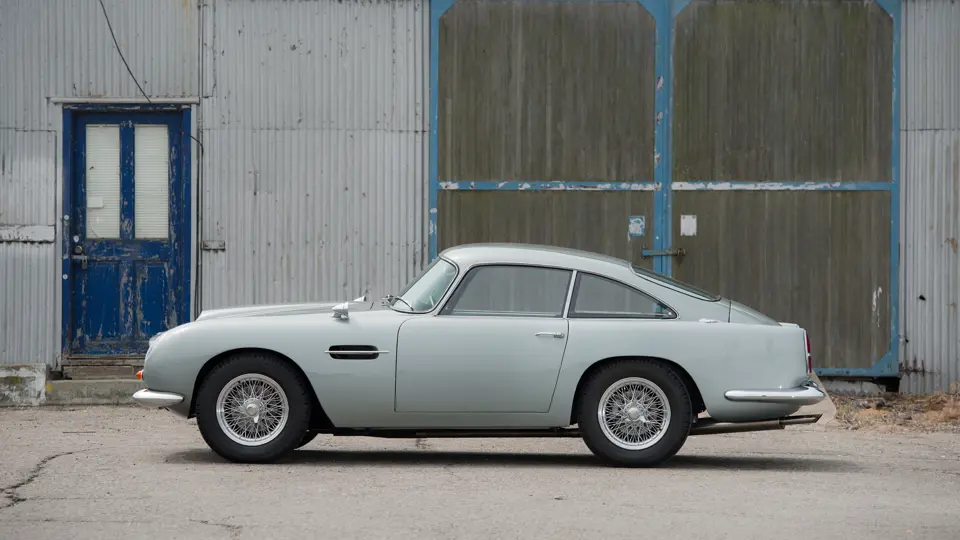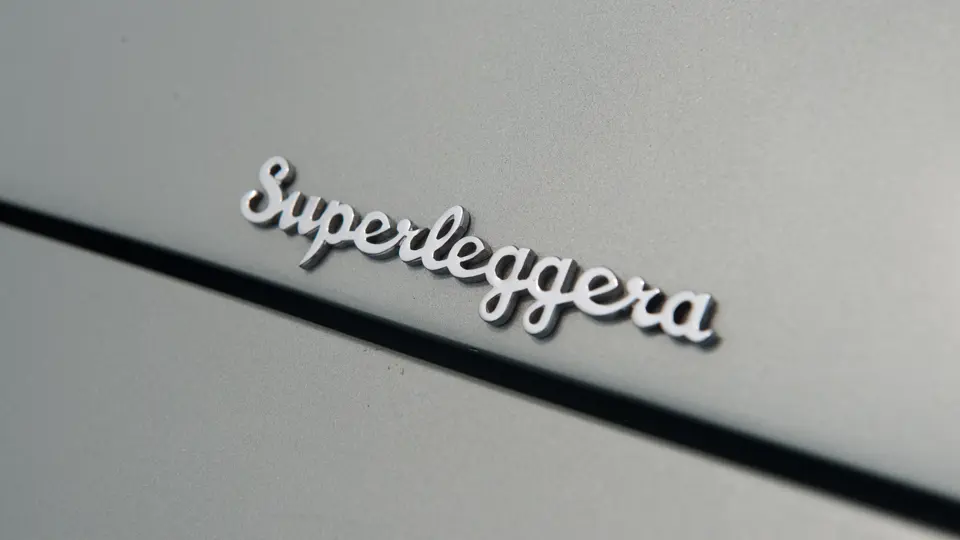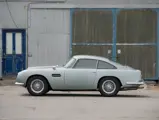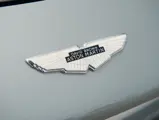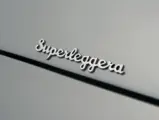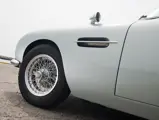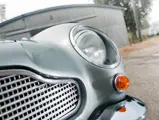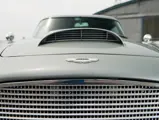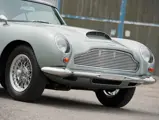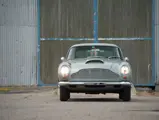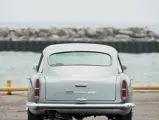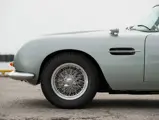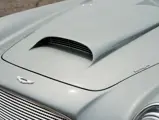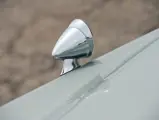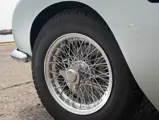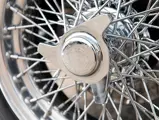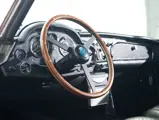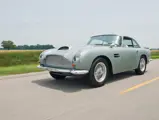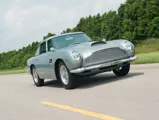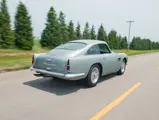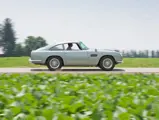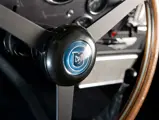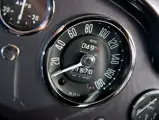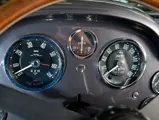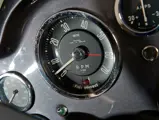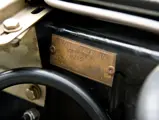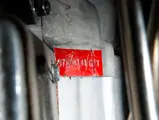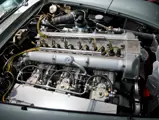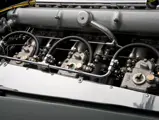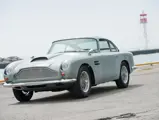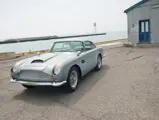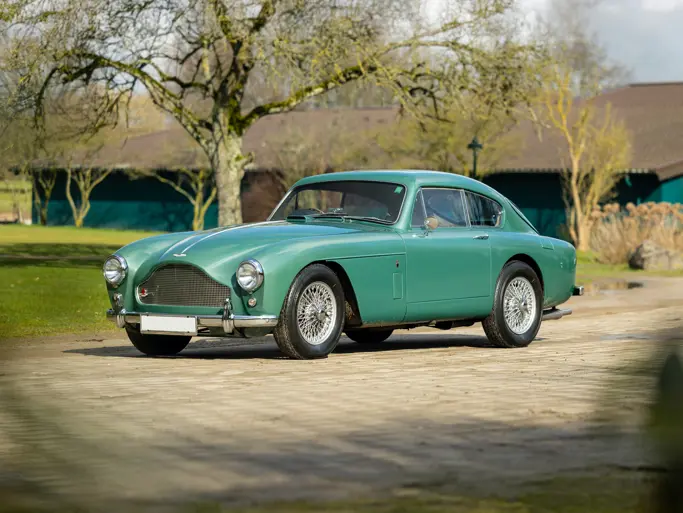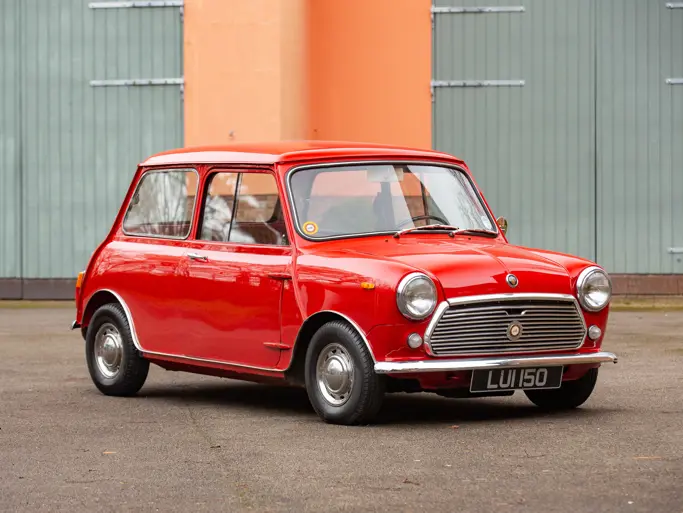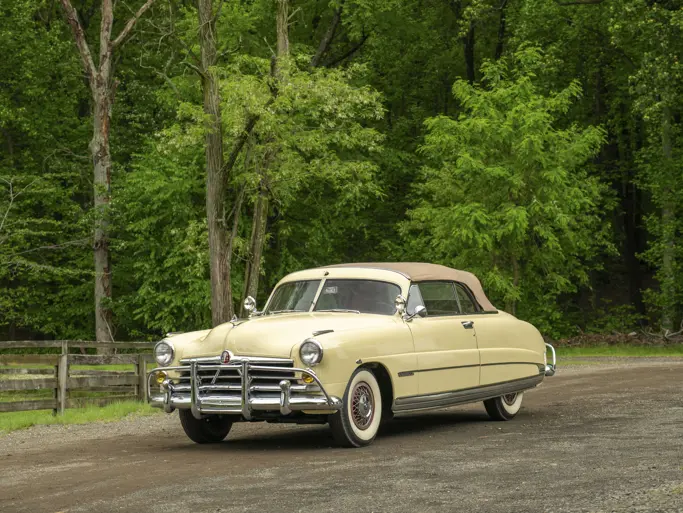302 bhp, 3,670 cc twin-plug dual overhead-camshaft alloy inline six-cylinder engine with triple Weber carburetors, four-speed synchromesh alloy-cased manual transmission with overdrive, four-wheel coil-spring suspension, and four-wheel disc brakes. Wheelbase: 93 in.
THE ASTON MARTIN DB4GT
The year 1959 was a happy one in Newport Pagnell. Aston Martin achieved outright victory at Le Mans, scoring 1st and 2nd overall, with drivers Carroll Shelby and Roy Salvadori at the front, followed by Maurice Trintignant and Paul Frere. Aston Martin also took the World Sportscar Championship title—the smallest manufacturer ever to do so, before or since. One of the first cars away at the 24-hour race that year was also an Aston Martin, painted the same light green as the victorious DBR1s. It was a prototype for a competition-oriented version of the company’s newly introduced grand tourer, the DB4.
In September 1959, the production version of that car, dubbed the DB4GT, debuted at the London Motor Show. It had been developed from the production DB4 for increased performance, and it was shorter, lighter, and more powerful.
The bodywork was of incredibly thin 18-gauge aluminum alloy, the wheelbase was reduced by approximately five inches, and the rear seats were deleted on all but three special-ordered cars, reducing weight by some 200 pounds. The engine was extensively modified, with higher 9:1 compression, a twin-plug dual-ignition cylinder head, and triple dual-throat Weber 45 DCOE carburetors, and it produced an outstanding 302 brake horsepower at 6,000 rpm. This was a useful increase from the claimed 240 brake horsepower of the standard DB4, and it qualified the DB4GT as the most powerful British automobile of its era. Maximum speeds during testing reached 153 mph, with a 0–60 time of 6.1 seconds. This was also one of the first cars that could go from standstill to 100 mph and then brake to a dead stop in under 20 seconds, which is a tribute, in part, to its uprated Girling braking system, as used on Aston Martin’s competition sports racers of the era.
Outwardly, the DB4GT was distinguished by faired-in headlamps with Perspex covers, a popular feature that was soon adopted for the DB4 Vantage and, later, the DB5 and DB6 models. The backlight and rear quarter windows were also of Perspex on many examples, while bumper overriders were deleted, and the roll-down windows were frameless within the doors. Twin, competition-style, quick-release Monza fuel fillers were added atop each of the rear wings, leading to a high-capacity fuel tank mounted flat in the trunk. Special lightweight Borrani wire wheels, usually with 42 spokes, light alloy rims, and distinctive three-eared knock-offs completed this potent package.
The interior was trimmed to full Aston Martin road car specification, with fine Connolly leather upholstery and deep pile Wilton carpet. The evocative dash binnacle on the GT cars benefited from the addition of an oil temperature gauge, in addition to the standard array.
DB4GTs represented a strong challenge to the dominance of Ferrari in GT racing and enjoyed considerable victories, as it was raced from 1959 by the Works team and John Ogiar’s Essex Racing Stable. Driven by the likes of Roy Salvadori, Stirling Moss, Jim Clark, and Innes Ireland, the GT earned its stripes every weekend on the racing circuit. In December 1959, at the Bahamas Speed Week, when another driver rolled the DBR2 intended for Moss, the Works “borrowed” back a DB4GT just delivered to a Caribbean customer, and Stirling handily won the next race in an Aston plucked from the parking lot! Indeed, the GT was a dual-purpose car, equally at ease on the track and on a Grand Tour.
As noted by Aston Martin historian Nick Candee, “Rivalry was intense as Aston broke Ferrari’s winning streak. The short-wheelbase DB4GT was Aston’s response to the Ferrari 250 GT ‘Tour de France.’ Ferrari retaliated late in 1960 with the great 250 GT SWB. Aston then countered with the extremely lightweight DB4GT Zagato in 1961. Ferrari then launched its ne plus ultra GTO in February 1962.” The Cobra-Ferrari wars may be more famous, but the Aston-Ferrari wars were no less fierce.
Between 1959 and 1963, Aston Martin built a mere 75 DB4GTs. Of those, 45 were supplied in right-hand drive and 30 in left-hand drive. The model remains among the most beloved of all Astons, and it is unmatched for its unique combination of performance and roadability. It is, as Nick Candee described, Aston’s 250 GT TDF, with all the power and all the thrills, at a quarter of the modern-day price.
CHASSIS NUMBER DB4/GT/0141/L
Wading into this battle was the 41st DB4GT built, which arrived in Turin, very much Ferrari territory, for the 1960 motor show. Finished in the evocatively named Snow Shadow Grey over black leather upholstery, it was one of the 30 left-hand drive cars built and one of the three to be specially ordered with rear seats. It had tiny buckets that were suitable for children or over-night bags, but they could be folded up to make a clean package shelf behind the driver and an adult passenger, preserving the DB4GT’s sporting airs. Racing-style double gasoline tanks, which were installed in the trunk, accentuated the car’s sporting aspirations.
Following the show, this DB4GT was returned to the factory, where an overdrive was fitted. It then made its way across the Atlantic, and on February 2, 1961, it was delivered to its original owner, Gurdon Bayne Wattles, a prominent socialite residing in Oyster Bay, New York. Its Aston Martin Owners Club history records, which are on file and available for inspection, record a continuous chain of ownership until nearly the present day, including Aston enthusiasts Alan Lampert and Ken Boyd; the ownership history has been further expanded and documented by Candee, with his notes also on file.
The car was restored in the late 1990s, in a typically Aston shade of silver, and it presents absolutely beautifully, with excellent paint, very good panel fit, and an interior tailored in black leather to absolutely superb standards. Receipts are on file for over $50,000 of extensive work performed by renowned West Coast Aston Martin guru, Kevin Kay, including a complete rebuild of the engine. The D4BGT was recently test-driven by an RM specialist, who glowingly reported its outstanding mechanical condition, stating that it performed beautifully, handled well, steered properly, stopped straight, and boasted a full complement of functional gauges.
The D4BGT is one of the most desirable of all Aston Martins, and this example provides the opportunity to acquire a car well-restored, properly sorted by experts, and in excellent condition, with unusual options and provenance that would be very hard to beat.
Titled as 1961.




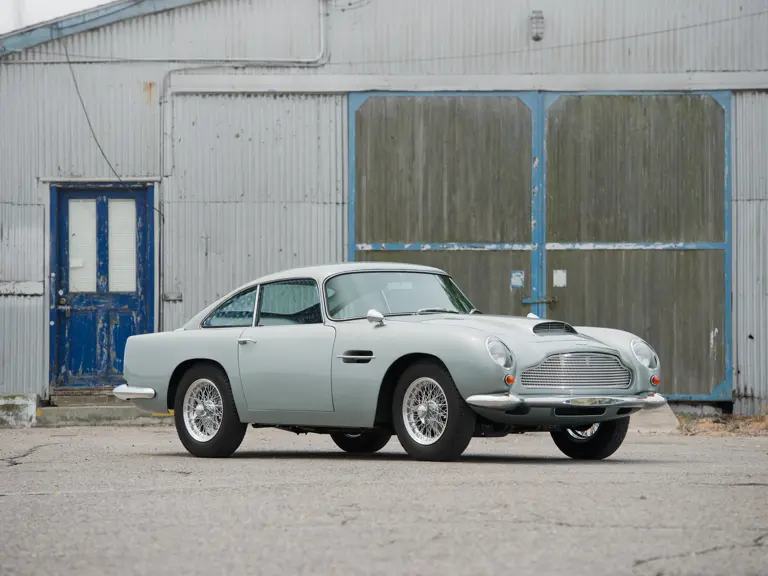
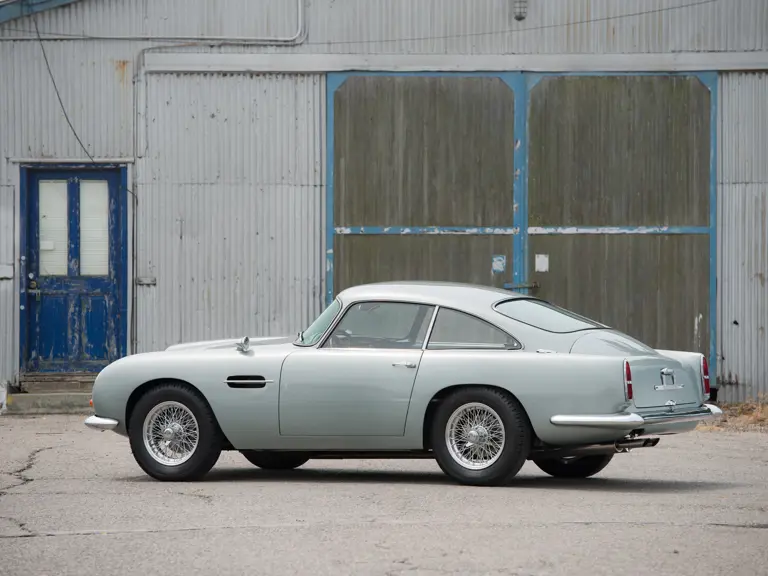
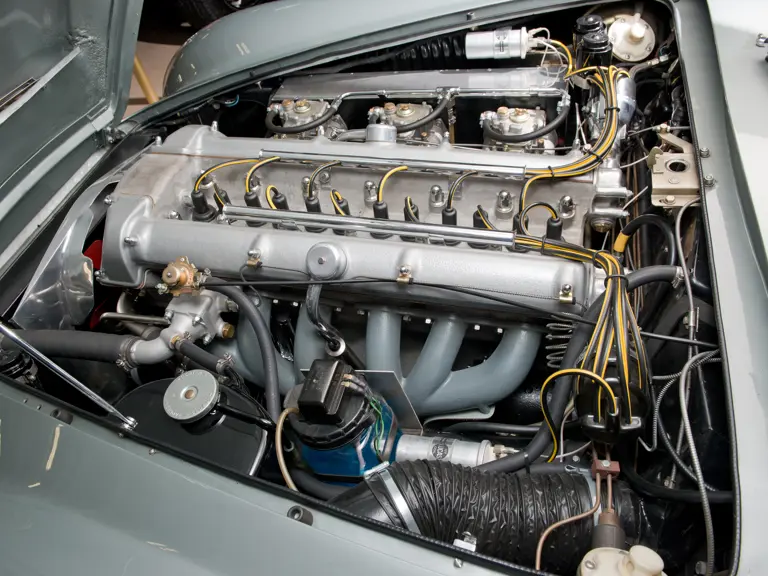
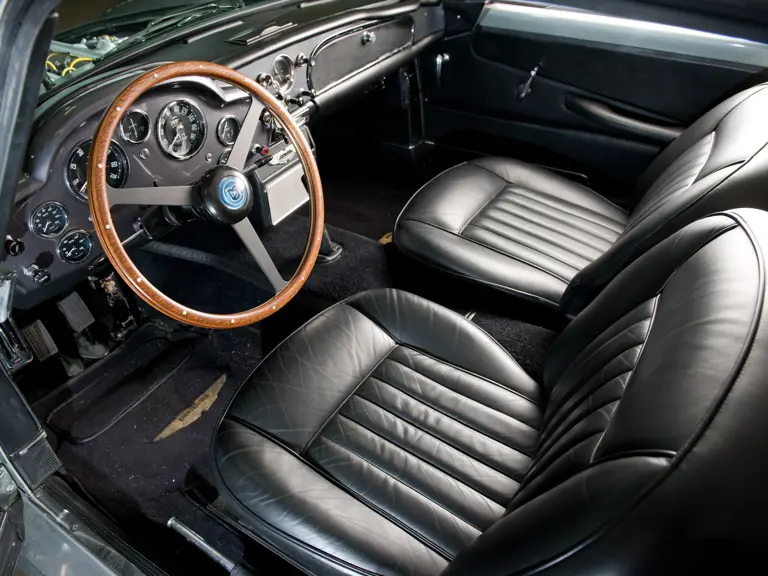
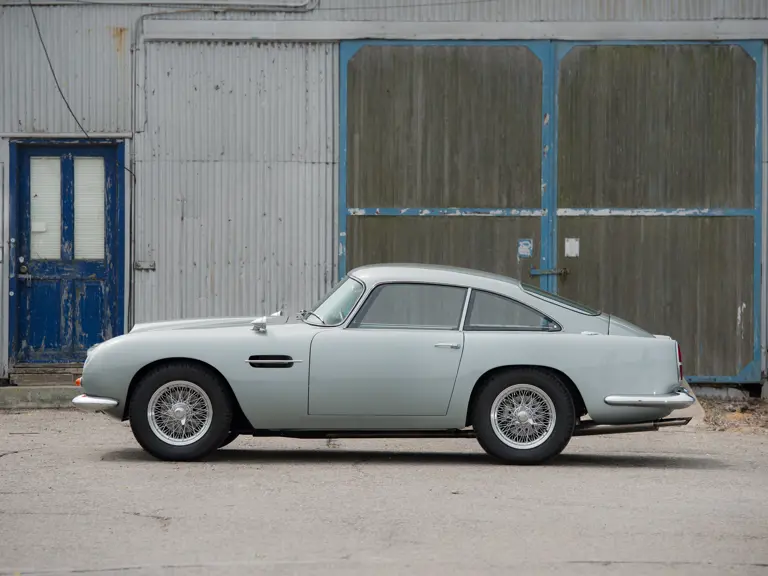
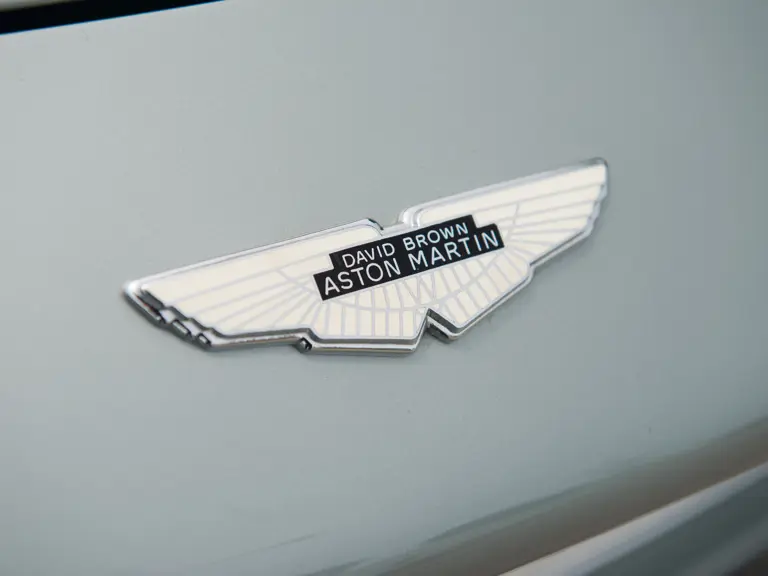
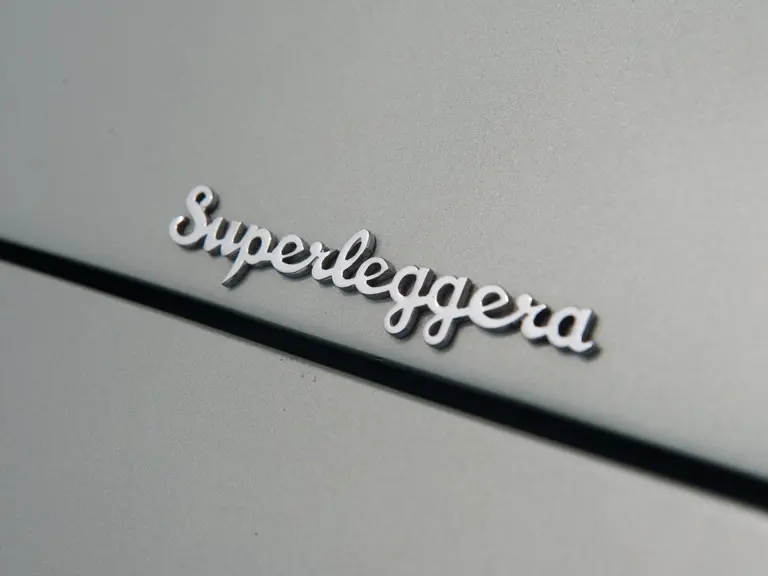

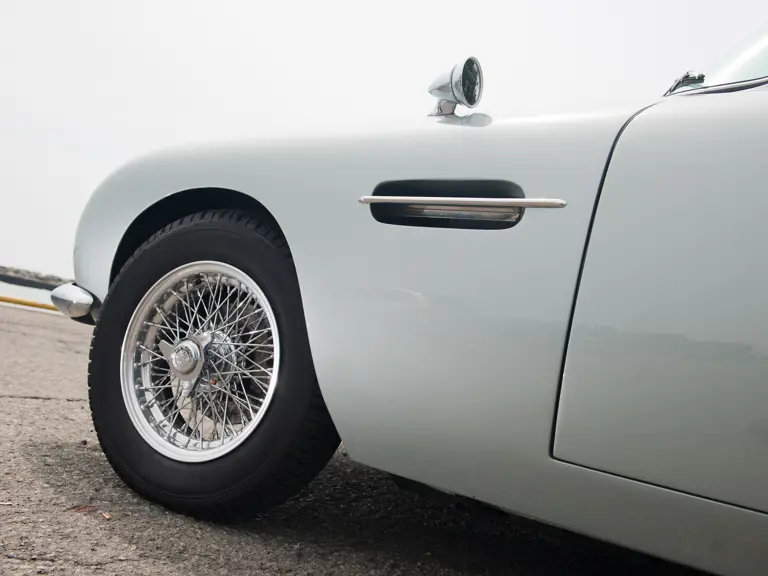
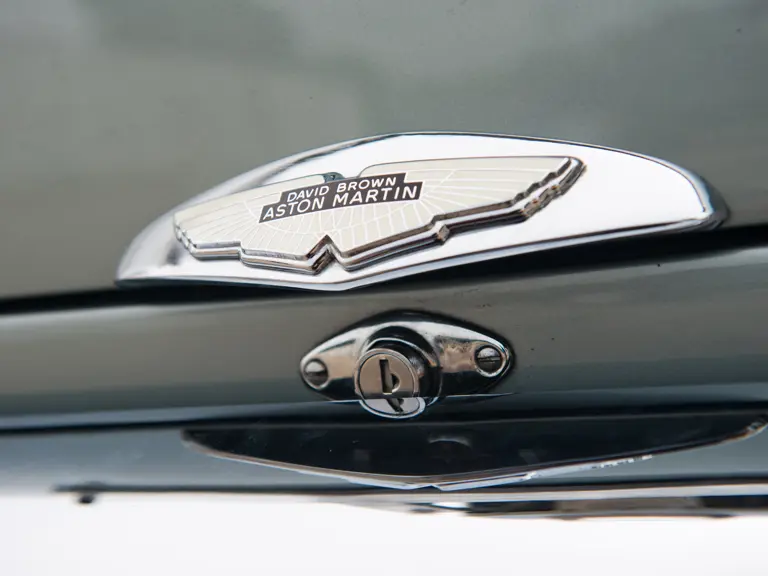
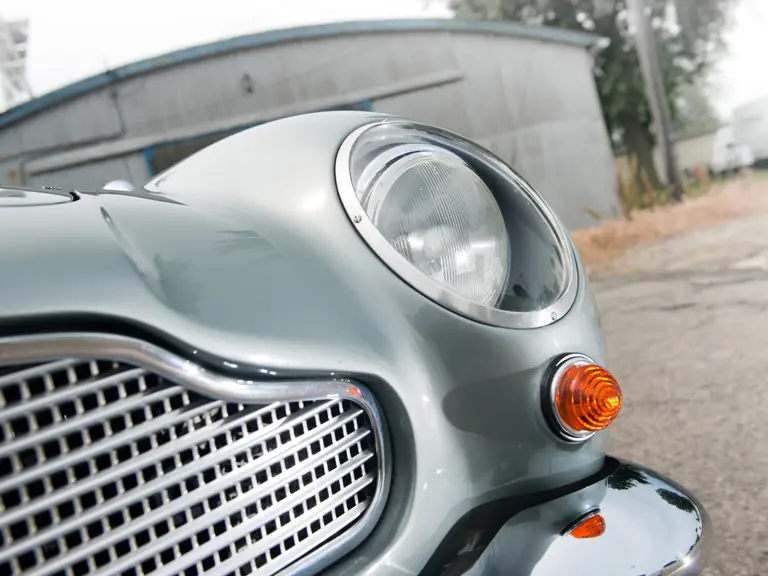
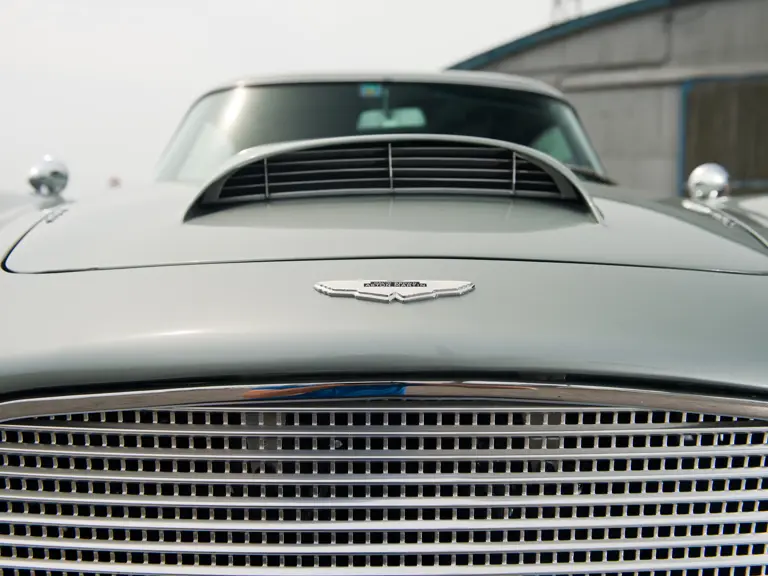
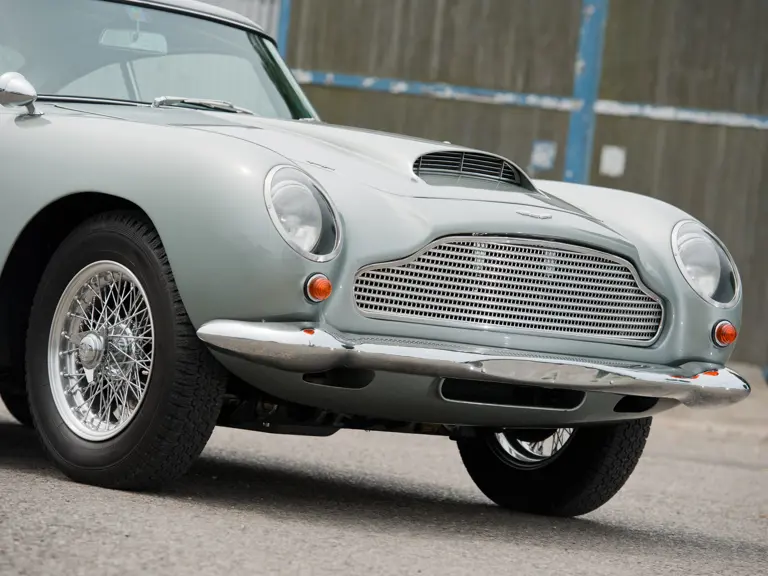


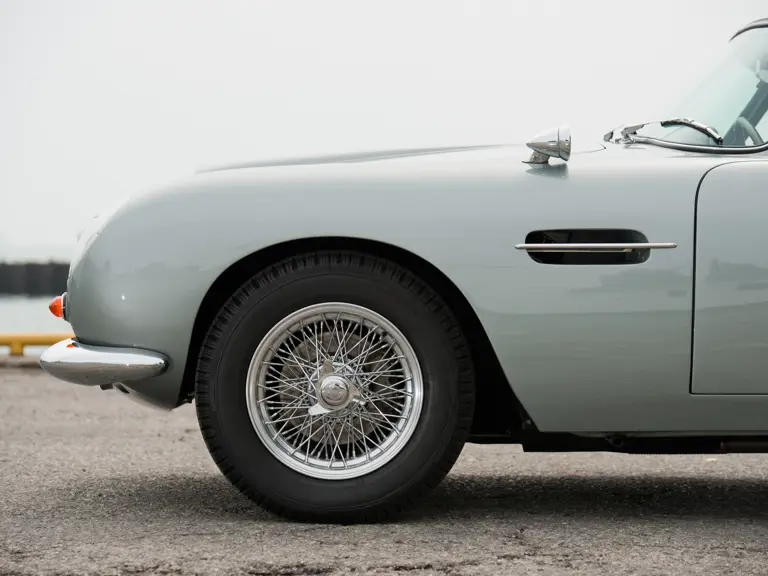
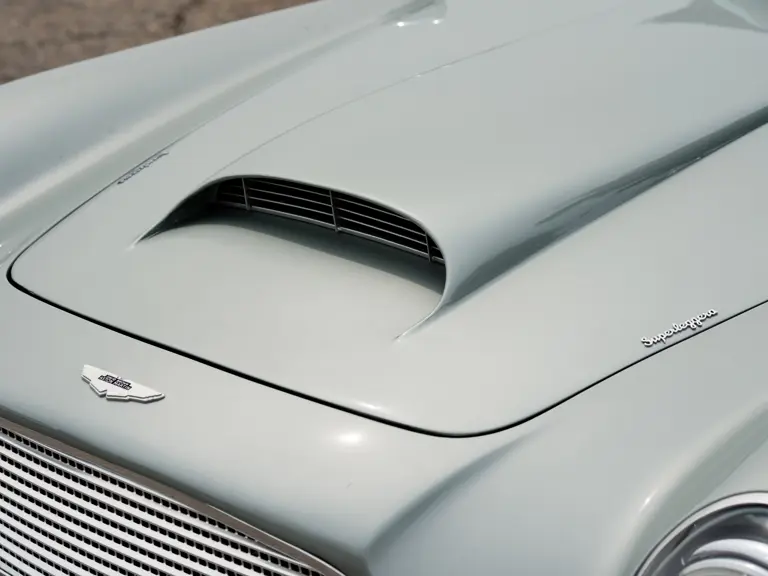
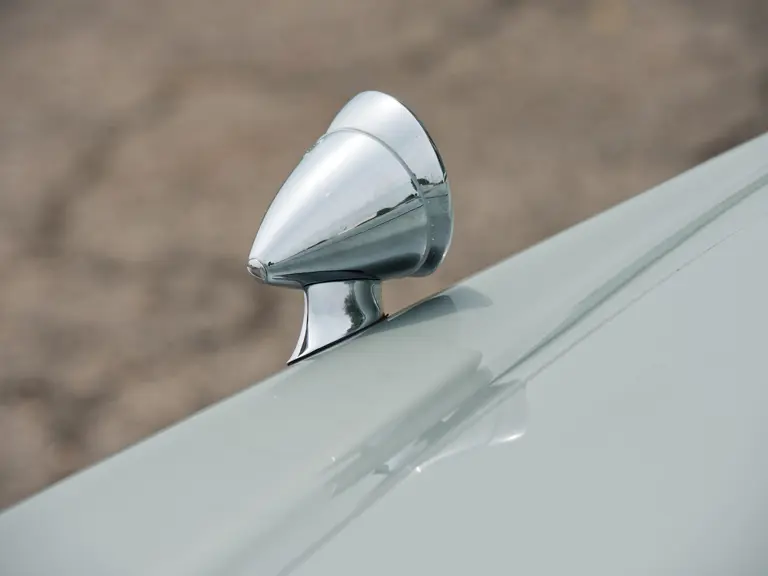
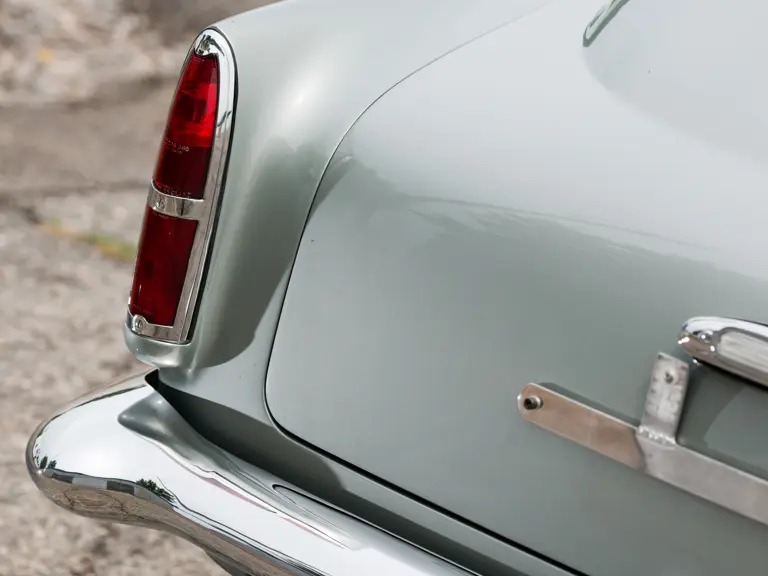
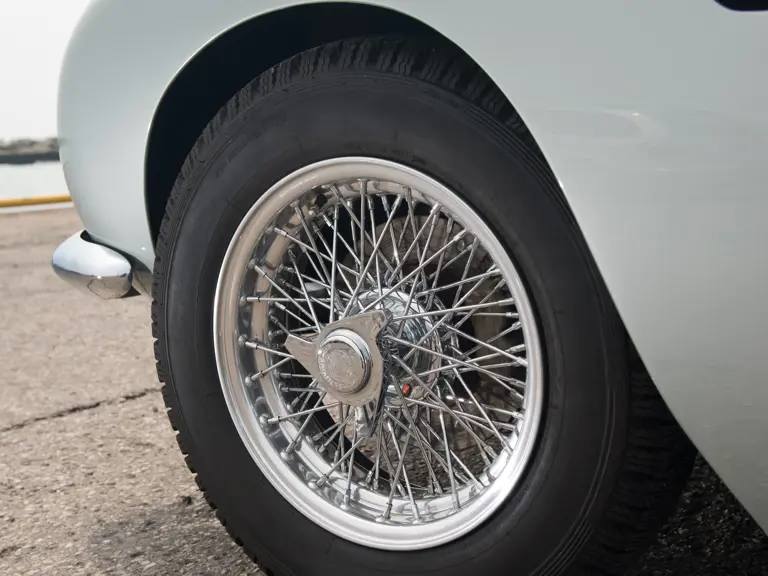
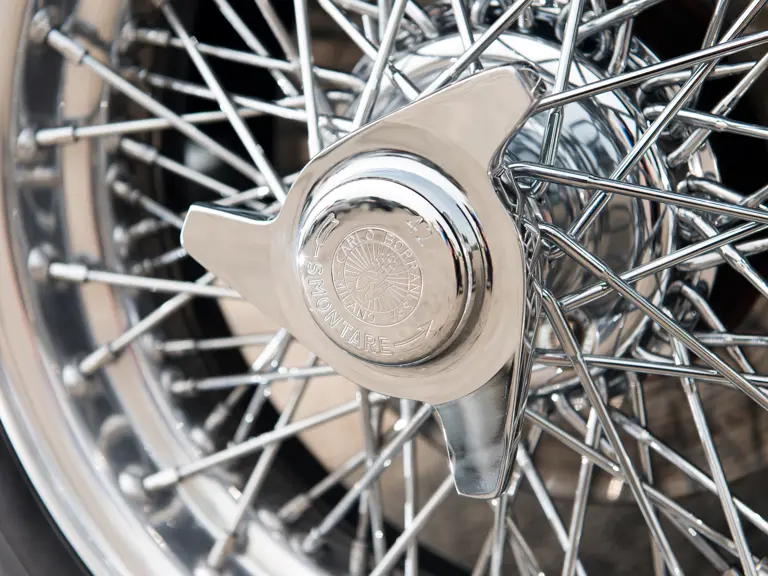
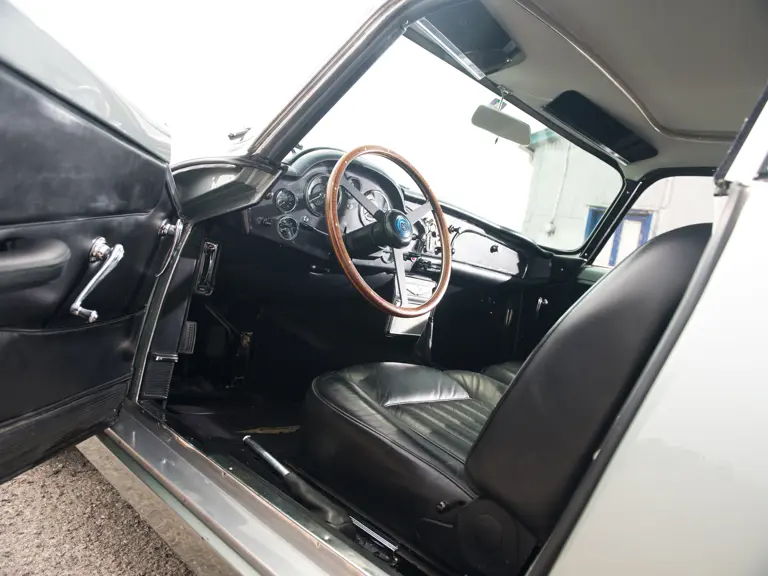
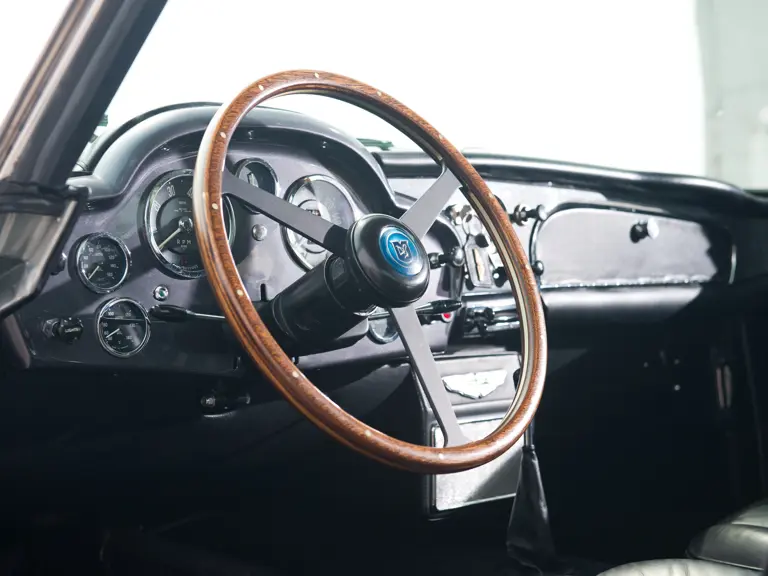
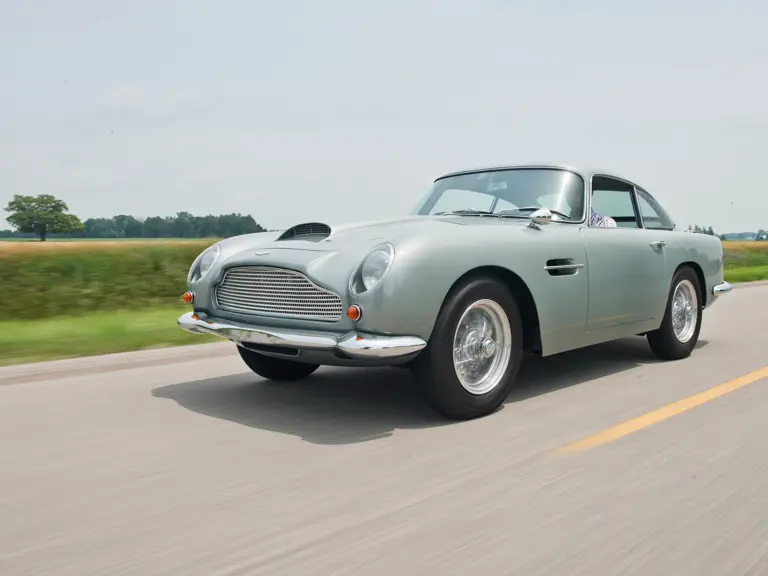
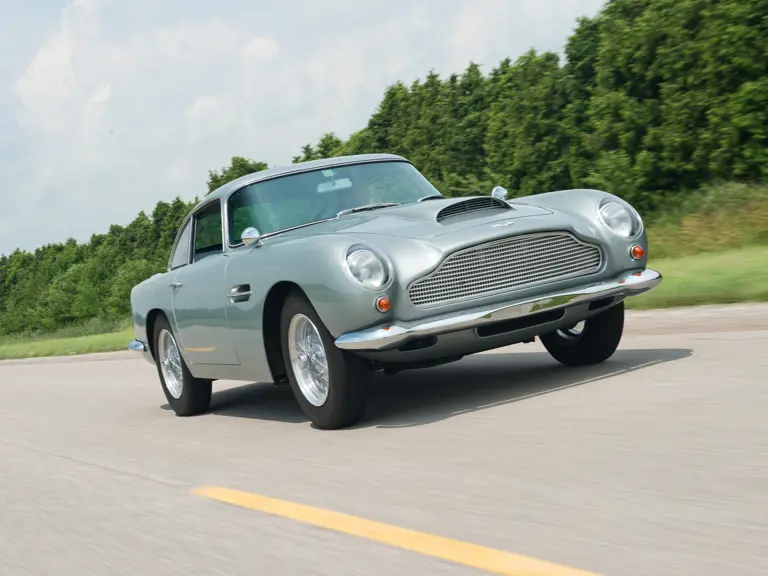
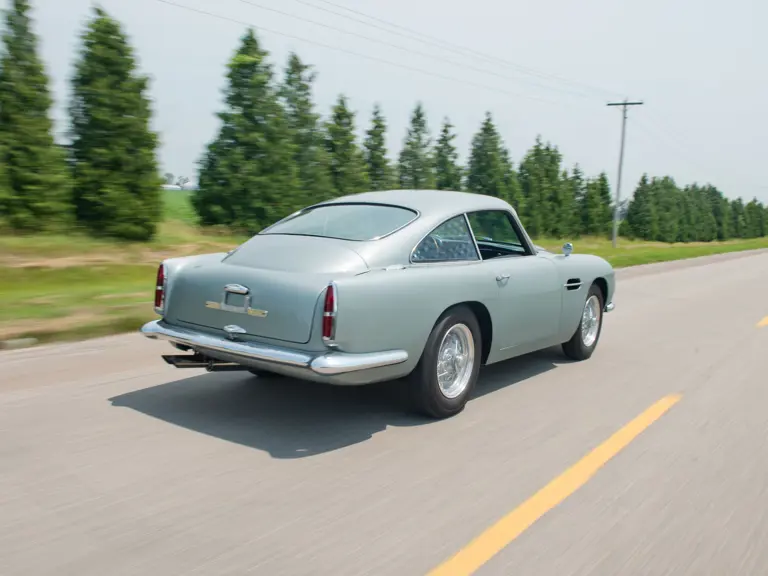
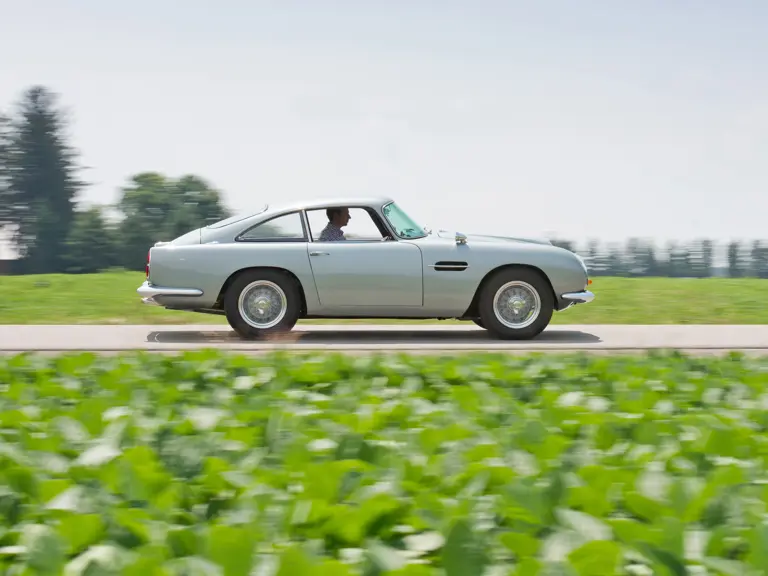
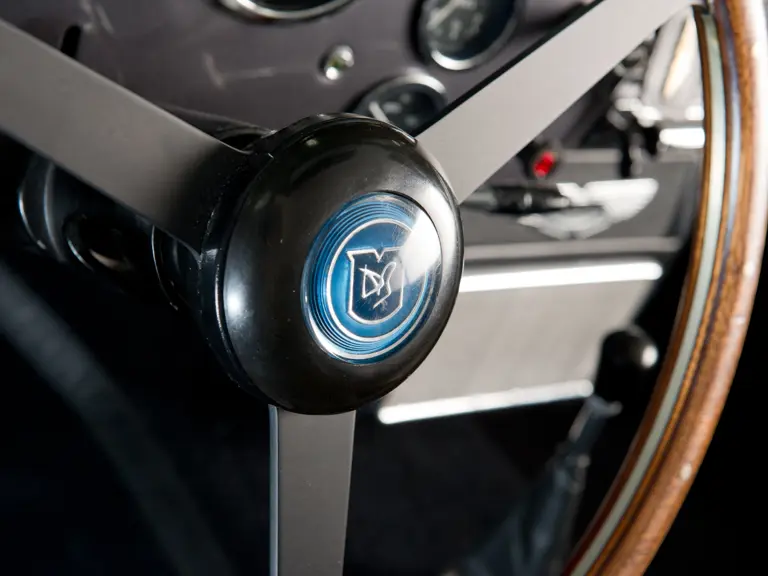
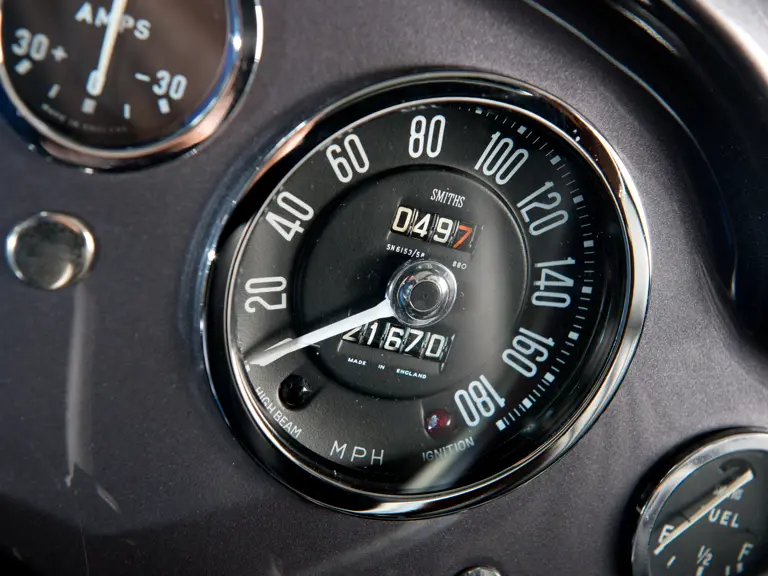
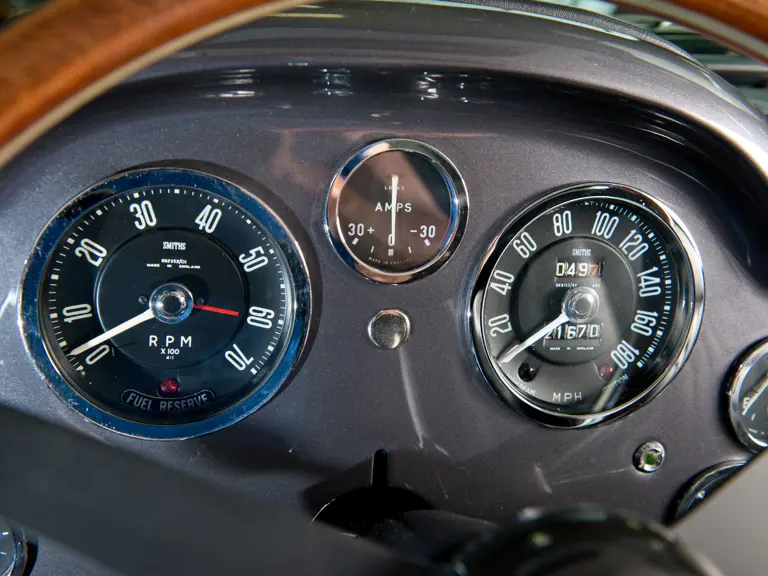
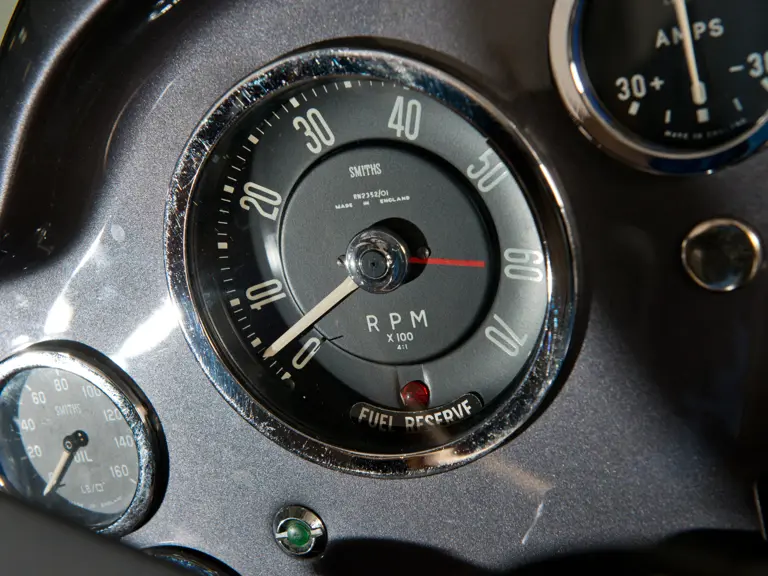
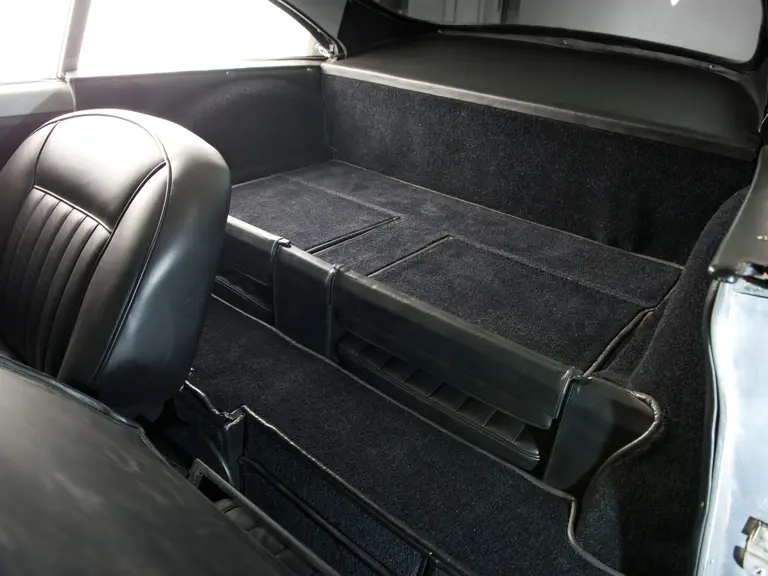

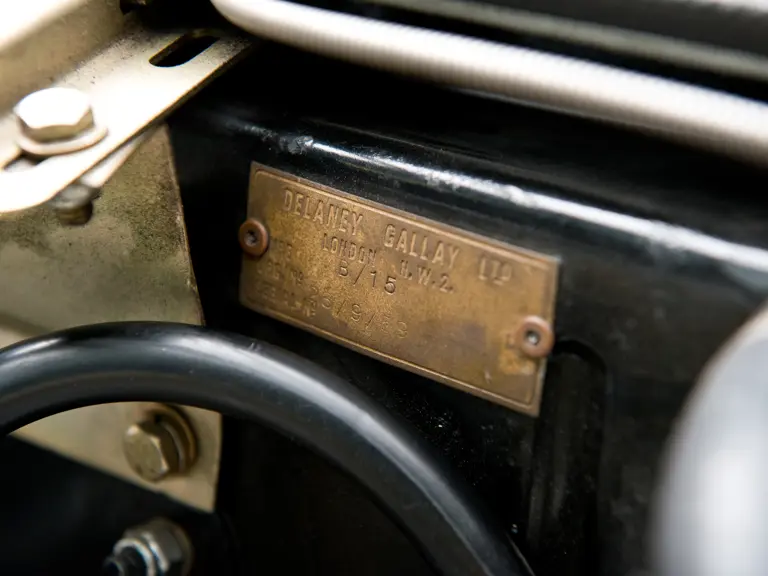

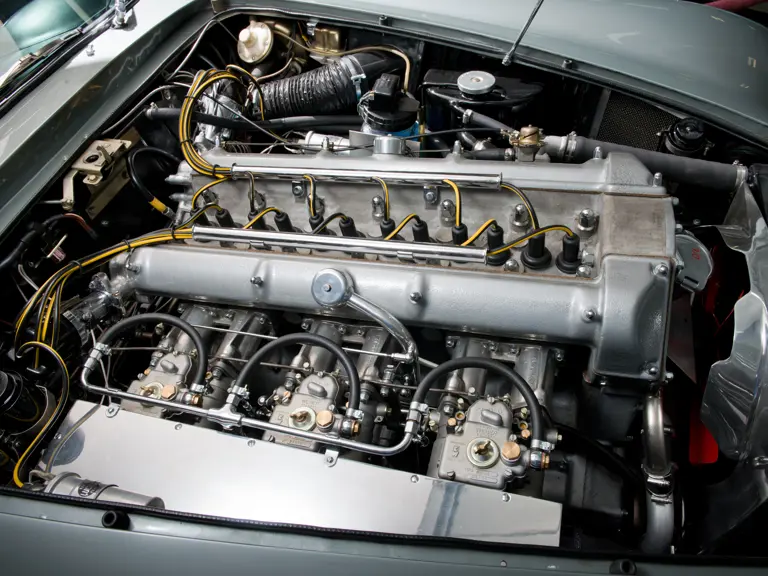

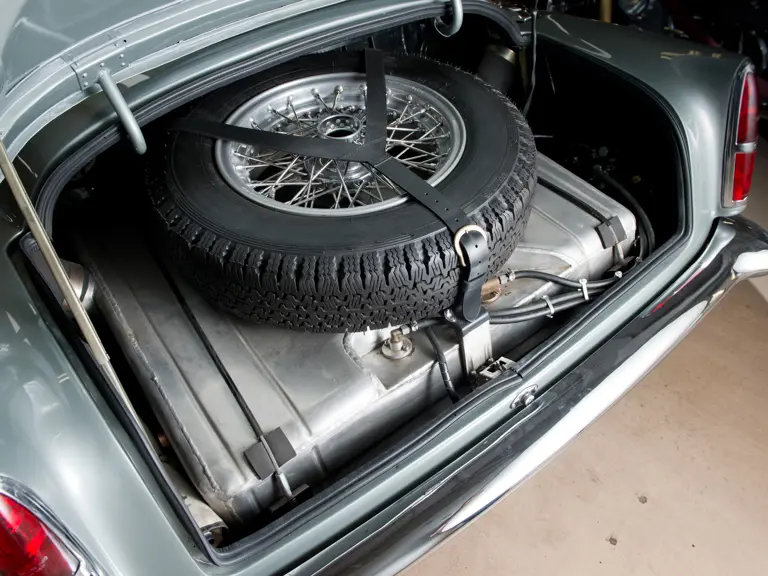
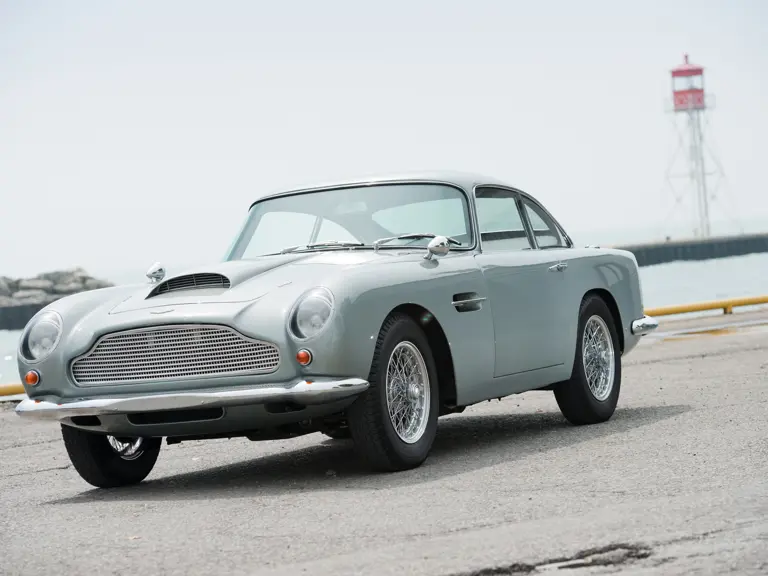
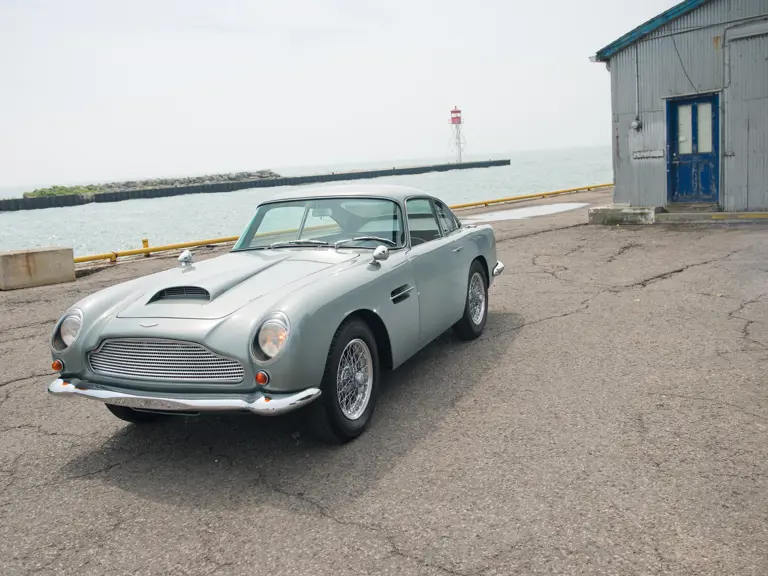
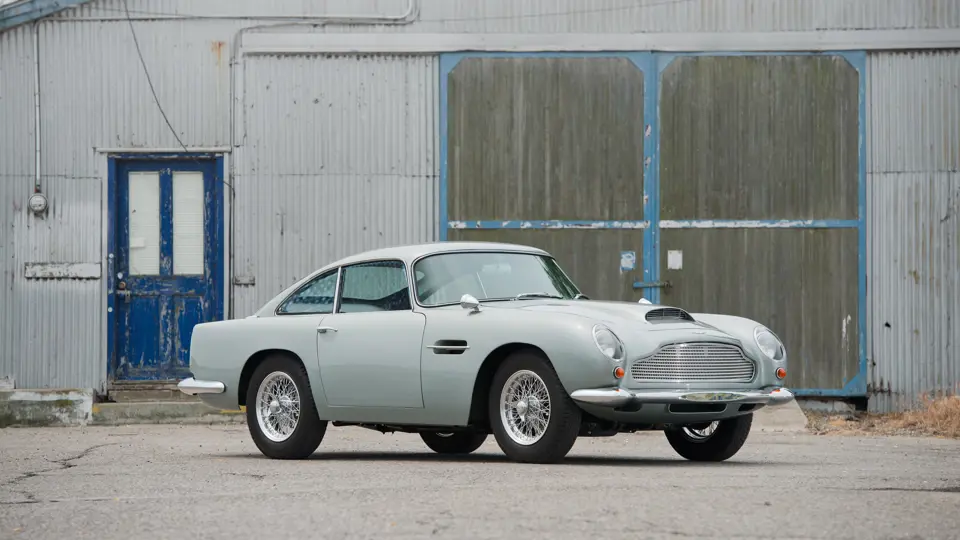
 | Monterey, California
| Monterey, California
